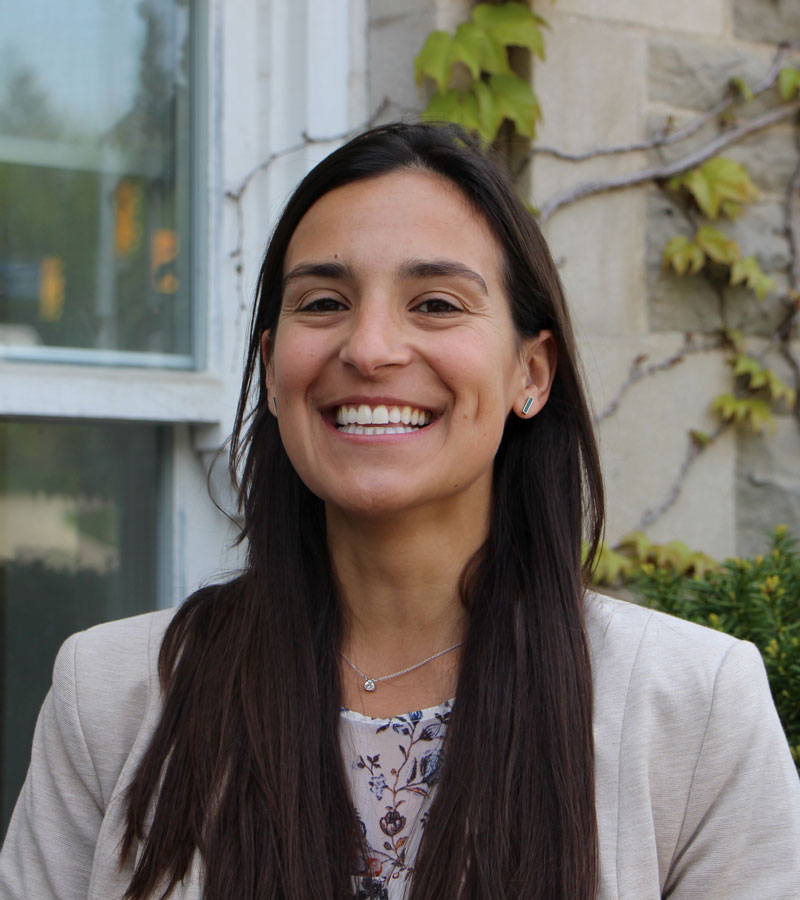Today’s trailblazing dairy science innovations are built on the incredible work being done by a diverse, interconnected, global scientific community. Get to know a member of our community via an ongoing Author Spotlight series.

Rita Couto Serrenho, DVM, MSc, DVSc.
(Credit: Katherine Perry)
Rita Couto Serrenho, DVM, MSc, DVSc, is an assistant professor of epidemiology at the Ontario Veterinary College at the University of Guelph and the author of a recent Editor’s Choice article in JDS Communications. We caught up with Rita to learn more about her work in dairy science, her path to the profession, and the advice she has for students and colleagues in the field.
Connect with Rita on LinkedIn and Twitter/X, and check out what her lab is up to on Instagram.
What dairy science questions are you puzzling out in your work, and where can we find you outside of work hours?
My lab is currently dedicated to exploring management solutions to enhance transition health, addressing issues such as hypocalcemia and hyperketonemia, and farm efficiency.
Understanding the complex relationship between transition disease and inflammation is one of the key areas we are investigating.
Our primary objective is to develop preventive strategies aimed at mitigating the onset of diseases by reducing the overall disease risk of the herd. We are committed to developing applied protocols that respond to the unique needs of different cow cohorts, ensuring targeted, practical, and effective interventions.
Outside of veterinary medicine and dairy science, I prioritize physical activity to unwind and (re)connect. Tennis, table tennis, volleyball, and Peloton workouts keep me grounded and in touch with others and myself. My daily walks with my Saint Berdoodle, Maple, are part of my meditation practice. I enjoy reading materials and books on interpersonal relationships and psychology, as they help me tremendously in understanding both myself and the ones around me.
What brought you into the dairy science field?
I grew up in a small city in Portugal, and my family had no ties to the dairy industry or agriculture in general. It was not until I was pursuing my veterinary degree that I discovered the world of dairy science. What initially captivated me was the opportunity to view herds through the lens of population and preventive medicine. Witnessing how adjustments in management practices could enhance both herd productivity and individual animal health sparked my interest.
Toward the end of my DVM program, I decided to pursue a career as a farm-animal veterinarian. My focus shifted from small-animal individual medicine to herd health, the farm staff, and the overall profitability of dairy operations. My interest in data analysis and veterinary medicine led me back to school to pursue my doctorate.
The ability to implement and adapt management strategies to improve the health and profitability of the entire herd became the center of my passion for this field. The blend of prevention, management, monitoring, and data analysis in dairy science continually fascinates me.